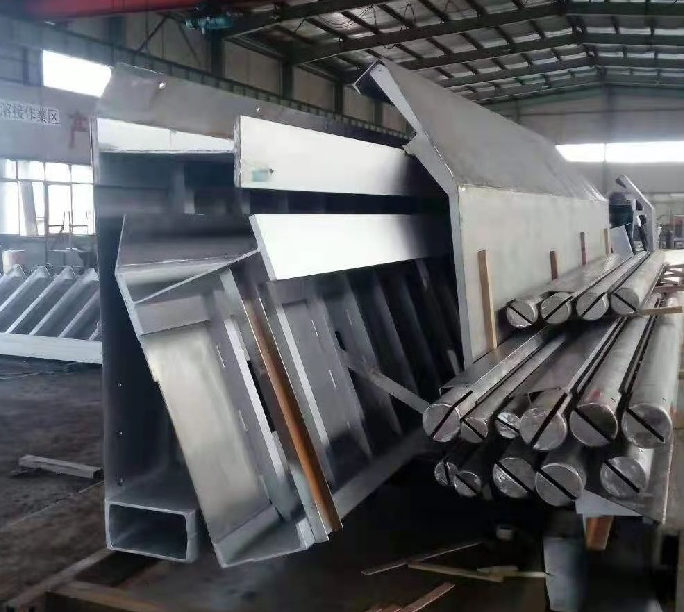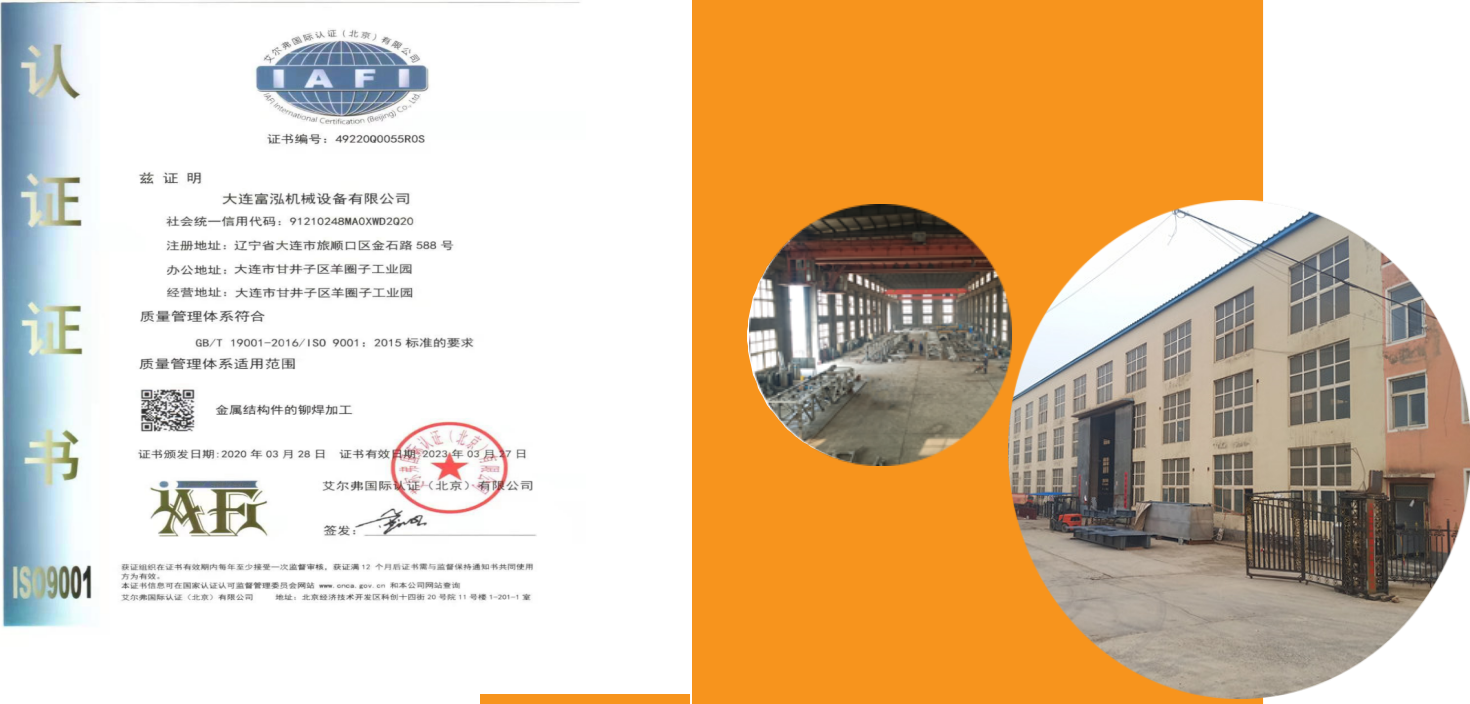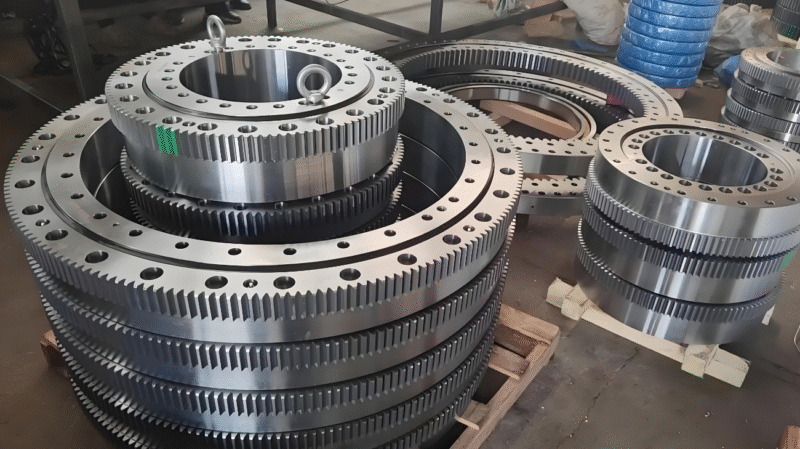Various types ofベアリングMechanical finished productsShirley Causeway: Profiles and Explanatory Notes
Outline of the types of services and industrial uses of the portfolio
Shaft receivers are important parts for supporting, fixing, cushioning and important functions in mechanical systems and building structures. In the industrial field, the selection of the beam has a direct influence on the stability, durability and efficiency of the machine. In this section, we have introduced various types of valve engines, shown examples of finished products after precision machining, and tried to understand the characteristics and applicability of various valve engines.
Characteristics of Fixed Veiling and Processing Poynts![图片[1]-各种支座类型带机加工成品展示(支座类型概述及其工业应用) - cndlfh.com-cndlfh.com](https://cndlfh.com/wp-content/uploads/2025/05/02.png)
The fixed bearing is the most common type of bearing, and is characterised by its ability to completely limit the change of supported parts. Fixed shafts for precision machining are also available as a general feature:
Guaranteed high accuracy of machines and complete machining.
Long term stability of the product by heat-treated high strength materials
Precision surface treatment including anti-staining treatment of sub-lead metal, blackening treatment, dissolution treatment and so on.
Tolerance management (within ±0.05mm normally)
![图片[2]-各种支座类型带机加工成品展示(支座类型概述及其工业应用) - cndlfh.com-cndlfh.com](https://cndlfh.com/wp-content/uploads/2025/05/03.png)
In the case of fixed-sport machining, special attention must be paid to the selection of the base surface and the configuration of the machining sequence in order to ensure that the perpendicularity and parallelism of the setup surface are required.
Design of all axle shafts and presses.
All the shafts are suitable for use in applications where the supported parts can change position in a particular direction, and where thermal expansion and contraction are significant. A part of the sliding veiling machine is introduced:
PTFE Sliding Receptacle: PTFE sliding material is used and the coefficient of friction is 0.05-0.10 and low.
Stainless steel shafts: optimal for high temperatures and rotting environments.
Composite shafts: Combination of metallic and non-metallic material lengths
The most important aspects of the machining of the shaft are the surface roughness of the surface (usually Ra≦0.8μm is required) of the contour and the correct clearance (usually 0.1-0.3mm) of the hammered surface.
Processing of various types of vegetables
Selection and Processing of Raw Materials
There are different types of veiling and necessary materials:
Ordinary carbon steel (Q235B): general environment to the economic choice of limb
Stainless steel (304/316): When high food resistance is required
Alloy Steel (40Cr/42CrMo): High-load, high-strength applications for sinales
Pre-treatment of raw materials includes identification of internal defects and surface injuries, rectification, removal of surface defects, and inspection of defects.
Details of Precision Machining Stage
Rotary disc machining: Machining of outer wheel, end face, and bore is completed.
Processing of Flows: Processing of Structures with Taking Surfaces, Vertical Grooves, and Sapphic Shapes
Drilling and Tapping: Complete Processing of Taking Points and Neighbourhood Points
Grinding: Precision Grinding of Critical Combined Surfaces
Surface Treatment and Quality Inspection
After processing, it is necessary to pass through the service portals:
Sundblast: Surface Adhesion and Beauty Upgrade
![图片[3]-各种支座类型带机加工成品展示(支座类型概述及其工业应用) - cndlfh.com-cndlfh.com](https://cndlfh.com/wp-content/uploads/2025/05/04.png)
Anti-Fouling Treatment: For environmental use, makie, acidification or sprays.
Measurement: Measurement by Three-dimensional Measuring Machines
Performance tests: load test, fatigue test, etc.
![图片[4]-各种支座类型带机加工成品展示(支座类型概述及其工业应用) - cndlfh.com-cndlfh.com](https://cndlfh.com/wp-content/uploads/2025/05/05.png)
Example of Special Veiling Processing
Processing Technology for Seismic Veiling
The following special energy-dissipating structures are necessary for vibration-resistant VAILINGG, which are mechanically processed as follows:
Interactive Layer Construction of Structures and Gums
High-precision machining of Shipanels
Precision machining of large diameter Ankalvolt holes
Accuracy control of special vibration structure assembly
Spherical Axis Manufacturing
The revolving beam is possible to turn back in multiple directions, and is widely used in bridges and large machines, which are difficult to process:
Processing of spherical hand parts (the degree of sphericity is usually less than 0.05mm)
Inlay Processing of PTFE Slip Sheet
Precision machining of shell structures
All-in-One Preconstruction and Assembling Technology
Comparison of Veering Selection Guard and Technical Parameters
Selection of Veiling by Load Type
Load Tip Recommended Sites Processing Characteristics
Static loads Fixedベアリング Structural strength and accuracy of extraction are important![图片[5]-各种支座类型带机加工成品展示(支座类型概述及其工业应用) - cndlfh.com-cndlfh.com](https://cndlfh.com/wp-content/uploads/2025/05/06.png)
Dynamic Load Erastus Mabeareng Processing Quality of Aging Reduction Factor![图片[6]-各种支座类型带机加工成品展示(支座类型概述及其工业应用) - cndlfh.com-cndlfh.com](https://cndlfh.com/wp-content/uploads/2025/05/07.png)
Impulsive loading Hydraulic mounts Precision inserted piston structure is necessary.
Thermal Transformation of the Allometric Receptors Important for the Pantalla Surface
Selection of Sample for Environmental Use![图片[7]-各种支座类型带机加工成品展示(支座类型概述及其工业应用) - cndlfh.com-cndlfh.com](https://cndlfh.com/wp-content/uploads/2025/05/08.png)
Carnivorous environment: Stainless steel mats are cast in a special coated veil to look at the mats.
High-temperature environment: It is necessary to take into account the magnitude of the heat expansion coefficient and the strength at high temperatures.
Cleaning system: Selection of dust-free design and shedding prevention structure
Outdoor Exposure: The Need for Enhanced UV Ageing Treatment
![图片[8]-各种支座类型带机加工成品展示(支座类型概述及其工业应用) - cndlfh.com-cndlfh.com](https://cndlfh.com/wp-content/uploads/2025/05/09.png)









No comments